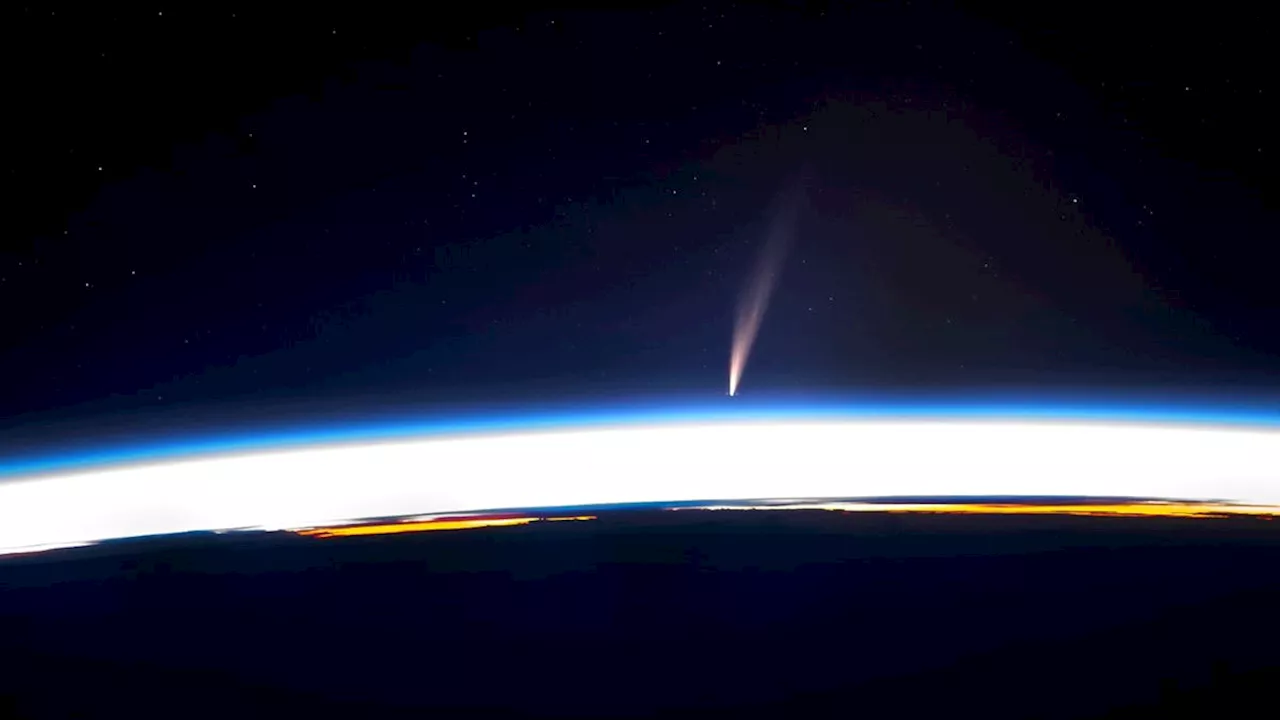Comet C/2024 G3 (ATLAS), discovered in April 2023, made its closest approach to Earth on January 14, 2024, reaching a distance of 88 million miles. This highly elliptical comet, which reached its perihelion (closest point to the sun) a day earlier, was visible for a brief period with its distinctive streaming tail. The comet is now fading in brightness and will be increasingly difficult to spot.
The ultimate action-packed science and technology magazine bursting with exciting information about the universeEngaging articles, amazing illustrations & exclusive interviews, named C/2024 G3 , made its closest approach to Earth on Tuesday when it came within 88 million miles of our planet. A day earlier, it reached perihelion, its closest point to the sun, which made itC/2024 G3 was first discovered in April last year as it began to race toward the sun.
'Crumb trails' of meteoroids could reveal potential 'planet-killer' comets years before they reach EarthThe comet is now decreasing in brightness and will become harder to spot over the next few days. However, it could still be possible to sneak a view of the icy object using aGet the world’s most fascinating discoveries delivered straight to your inbox.
If you fancy your chances of catching a glimpse of the comet before it disappears for millennia, you can track its position in the night sky atC/2024 G3 is the latest of several unusually bright comets that have passed close to Earth in the last few months.as it reached its closest point to Earth. This was Tsuchinshan-ATLAS' first close approach for around 80,000 years and also ended up being its last, when the cometHarry is a U.K.-based senior staff writer at Live Science.
Rare comet could shine bright as Venus as it falls toward the sun: What to expect from Comet ATLAS G3
COMETS ASTRONOMY SPACE EXPLORATION ASTEROIDS SOLAR SYSTEM
United States Latest News, United States Headlines
Similar News:You can also read news stories similar to this one that we have collected from other news sources.
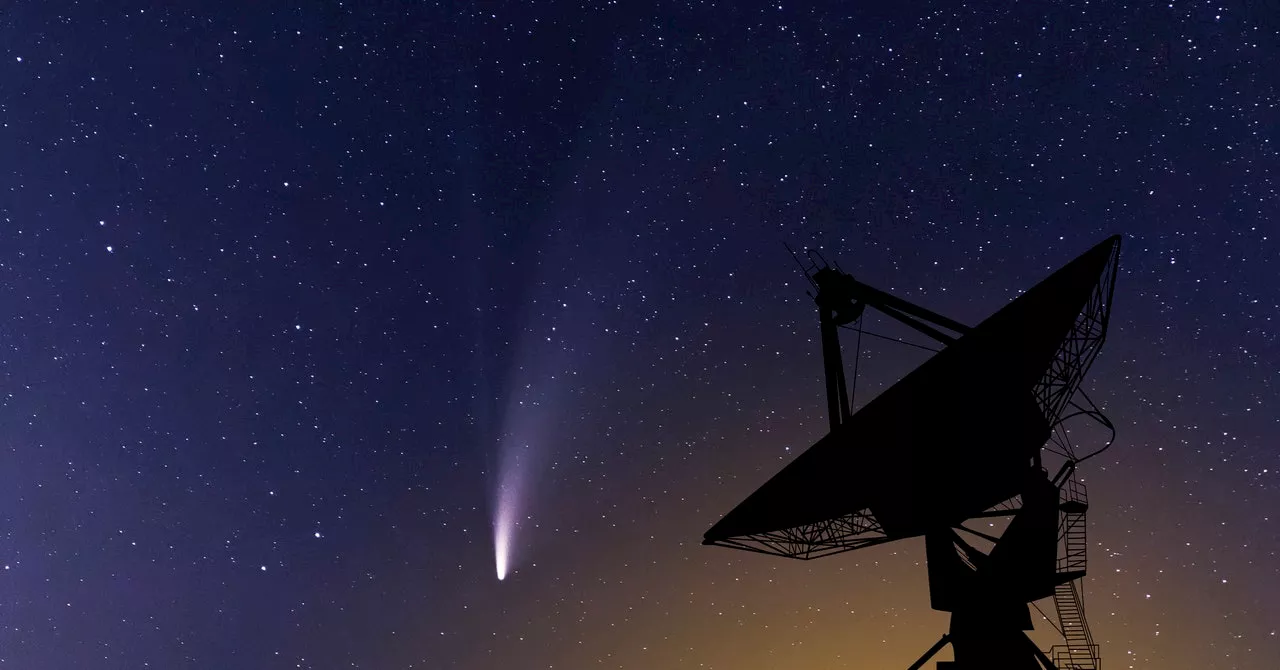 Comet C/2024 G3: A Bright Visitor From the Oort CloudComet C/2024 G3, discovered in April 2024, is approaching the sun from the Oort Cloud. Its trajectory suggests it could reach a brightness comparable to Venus, potentially visible to the naked eye in the southern hemisphere. However, the comet's close proximity to the sun raises concerns about its survival.
Comet C/2024 G3: A Bright Visitor From the Oort CloudComet C/2024 G3, discovered in April 2024, is approaching the sun from the Oort Cloud. Its trajectory suggests it could reach a brightness comparable to Venus, potentially visible to the naked eye in the southern hemisphere. However, the comet's close proximity to the sun raises concerns about its survival.
Read more »
![]() NASA Shares Stunning Images of 2024: From Earth's Fall Colors to Lunar MissionsNASA has released captivating images from 2024 showcasing a variety of incredible sights, including Earth's vibrant autumn foliage from the perspective of the International Space Station, the launch of a SpaceX Falcon 9 rocket carrying a lunar lander, and the transport of the agency's powerful Space Launch System core stage.
NASA Shares Stunning Images of 2024: From Earth's Fall Colors to Lunar MissionsNASA has released captivating images from 2024 showcasing a variety of incredible sights, including Earth's vibrant autumn foliage from the perspective of the International Space Station, the launch of a SpaceX Falcon 9 rocket carrying a lunar lander, and the transport of the agency's powerful Space Launch System core stage.
Read more »
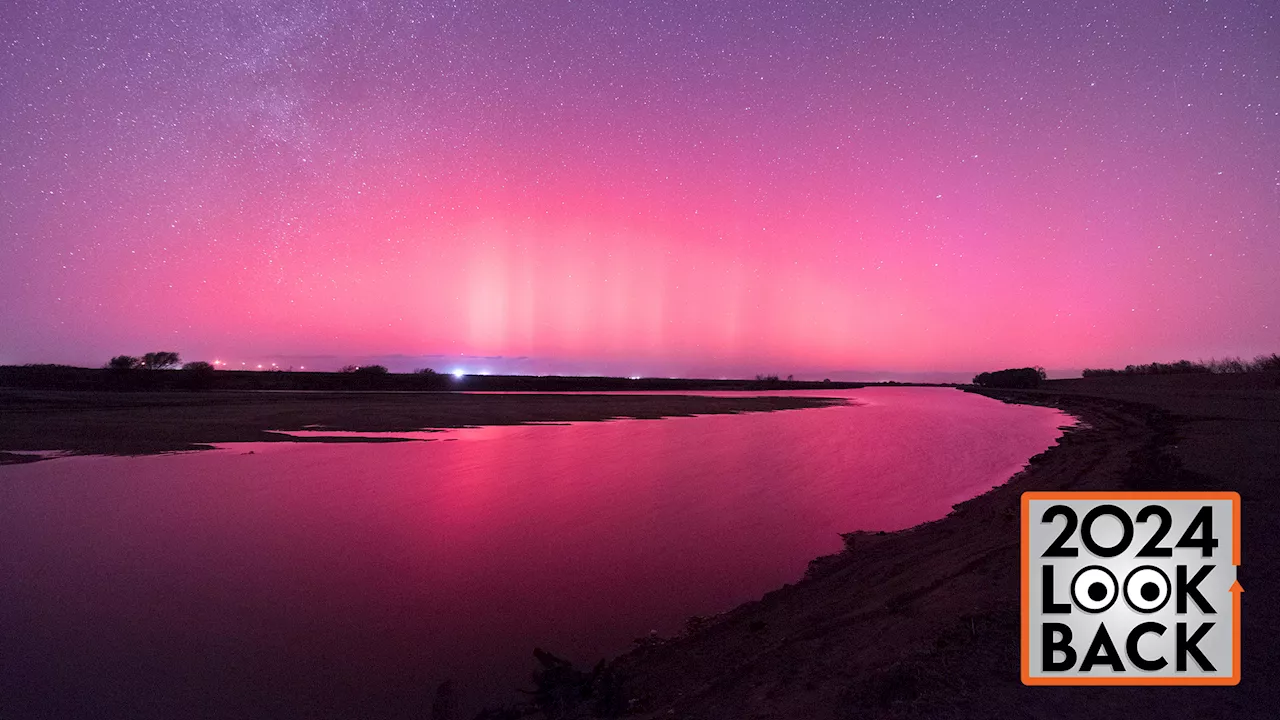 The 7 coolest space phenomenon we saw from Earth in 2024Tom Hawking is a writer based in New York City. He writes about culture, politics, science and everything in between. His work has appeared in the New York Times, the Guardian, Rolling Stone, and many other publications.
The 7 coolest space phenomenon we saw from Earth in 2024Tom Hawking is a writer based in New York City. He writes about culture, politics, science and everything in between. His work has appeared in the New York Times, the Guardian, Rolling Stone, and many other publications.
Read more »
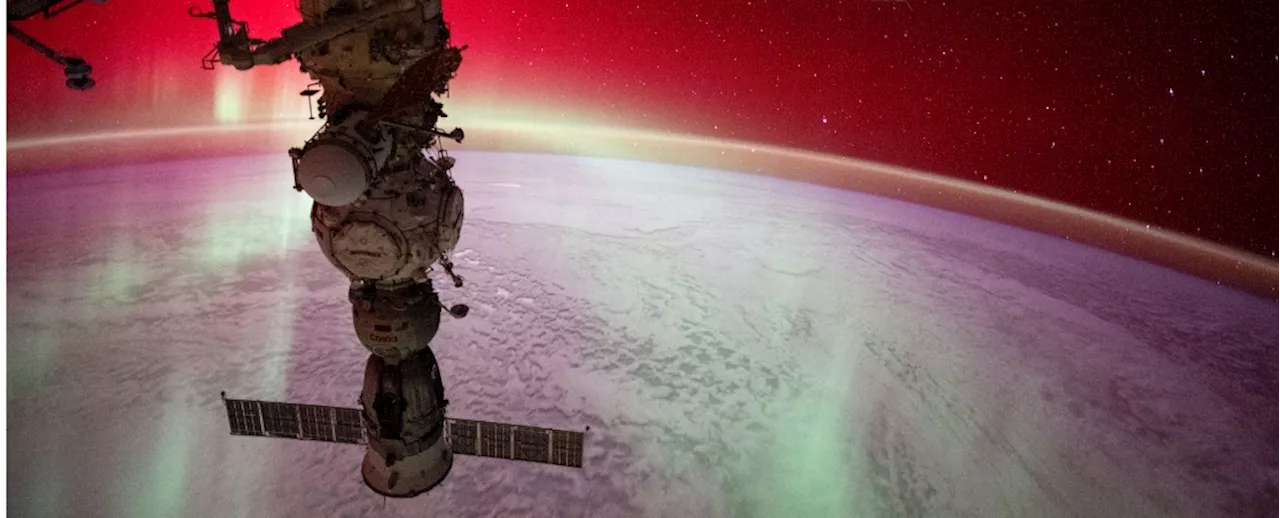 Astronauts Share Most Breathtaking Images of Earth From Space in 2024The Best in Science News and Amazing Breakthroughs
Astronauts Share Most Breathtaking Images of Earth From Space in 2024The Best in Science News and Amazing Breakthroughs
Read more »
 Climate Change Devastation: 2024's Most Depressing Earth News2024 marked a grim milestone for Earth with unprecedented climate change impacts. Record-breaking heat, CO2 levels, and global carbon emissions fuelled extreme weather events worldwide, including devastating hurricanes, wildfires, and floods. Scientists warn that if emissions continue unchecked, ecological tipping points like the collapse of the Greenland Ice Sheet and the Amazon rainforest's transformation into savanna could be reached within 15 years.
Climate Change Devastation: 2024's Most Depressing Earth News2024 marked a grim milestone for Earth with unprecedented climate change impacts. Record-breaking heat, CO2 levels, and global carbon emissions fuelled extreme weather events worldwide, including devastating hurricanes, wildfires, and floods. Scientists warn that if emissions continue unchecked, ecological tipping points like the collapse of the Greenland Ice Sheet and the Amazon rainforest's transformation into savanna could be reached within 15 years.
Read more »
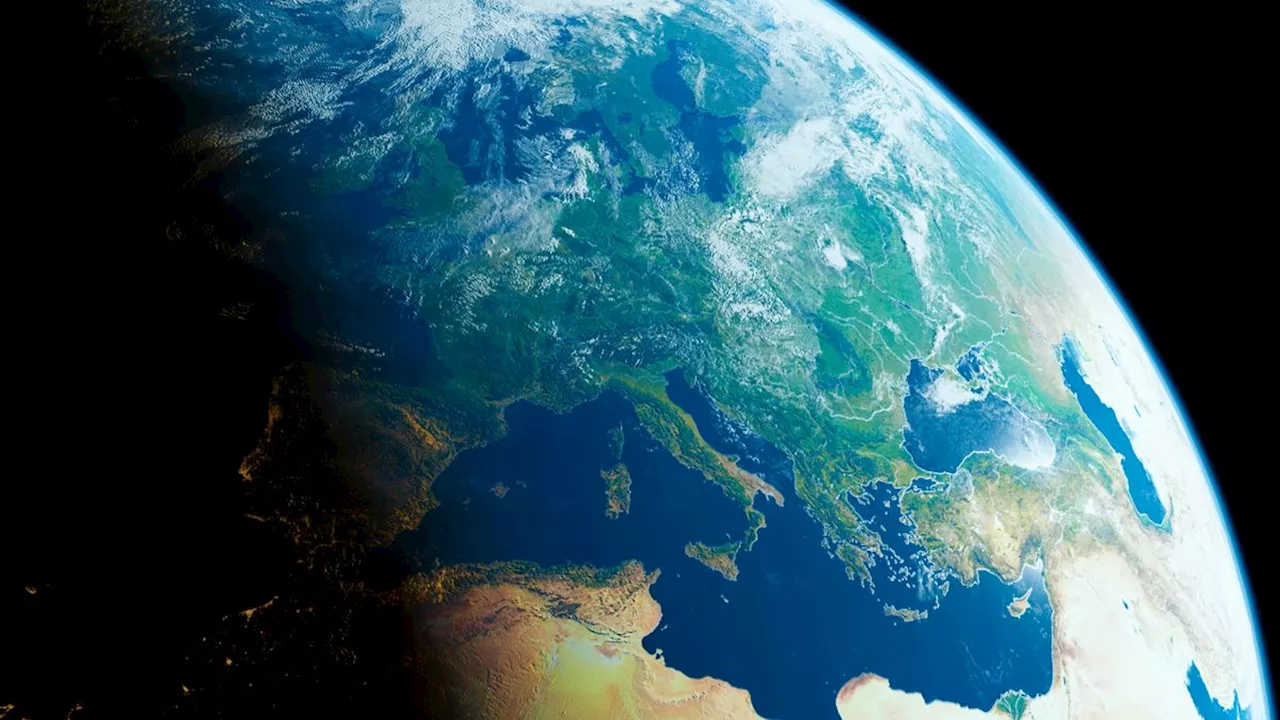 Earth's Extraordinary 2024: A Year of Climate Extremes and Scientific DiscoveriesRelive the most impactful planet Earth news from 2024, from record-breaking hurricanes to mysterious structures discovered under Antarctic glaciers. Test your knowledge with our quiz!
Earth's Extraordinary 2024: A Year of Climate Extremes and Scientific DiscoveriesRelive the most impactful planet Earth news from 2024, from record-breaking hurricanes to mysterious structures discovered under Antarctic glaciers. Test your knowledge with our quiz!
Read more »
